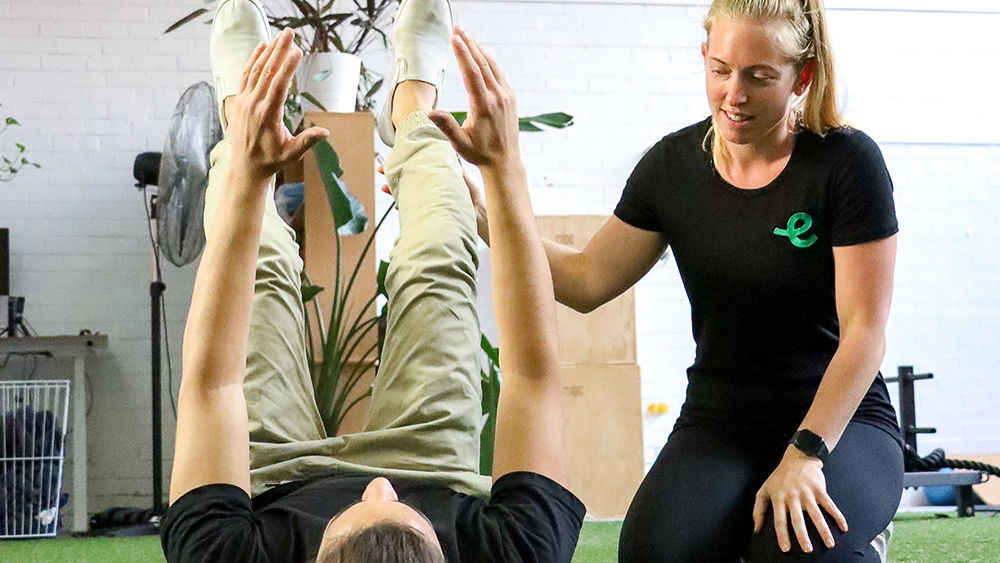Esteemed Professor Stuart McGill, one of the forebears of current thinking around resolving low back pain introduced the notion of the ‘gift of injury’ in one of his many teachings. It is an interesting way of approaching a ‘breakdown’ in your body, but not necessarily one a recently injured person would subscribe to.
McGill’s notion relies on the idea that an injury might reveal an inherent cause, that, if not for the occurrence of the injury might go on to plague that person for months or years to come. As the quote from Professor Janda of the Prague School of Rehabilitation attests, ‘he who treats the site of injury is lost’, the root cause or ‘source of the source’ is often nearby but rarely at the site of symptoms.
This is particularly true with many incidences of upper and lower back pain. As our bodies are generally organized in a way that the Lumbar spine (lower back) and Cervical Spine (Upper back/neck) are designed to be ‘stable’, simple mechanisms that are not required to produce or allow a great degree of movement, it is often problems in the nearby ‘mobile’ mechanisms of the hips and Thoracic spine (middle back) that are the source of dysfunction.
This is where skilled practitioners can get ‘upstream’ of your symptoms and assist you to effect and maintain a change that will deliver longevity. Not the kind of change that has you returning for treatment a week later in essentially the same state that you were last time you visited.
Next time you get on a treatment table, pay attention to where your practitioner devotes their attention. Are they ‘blinded’ by the symptoms or are they focused on getting ‘upstream’ of your issue and helping you find the ‘gift of injury’ that enables you to build a better version of yourself?

